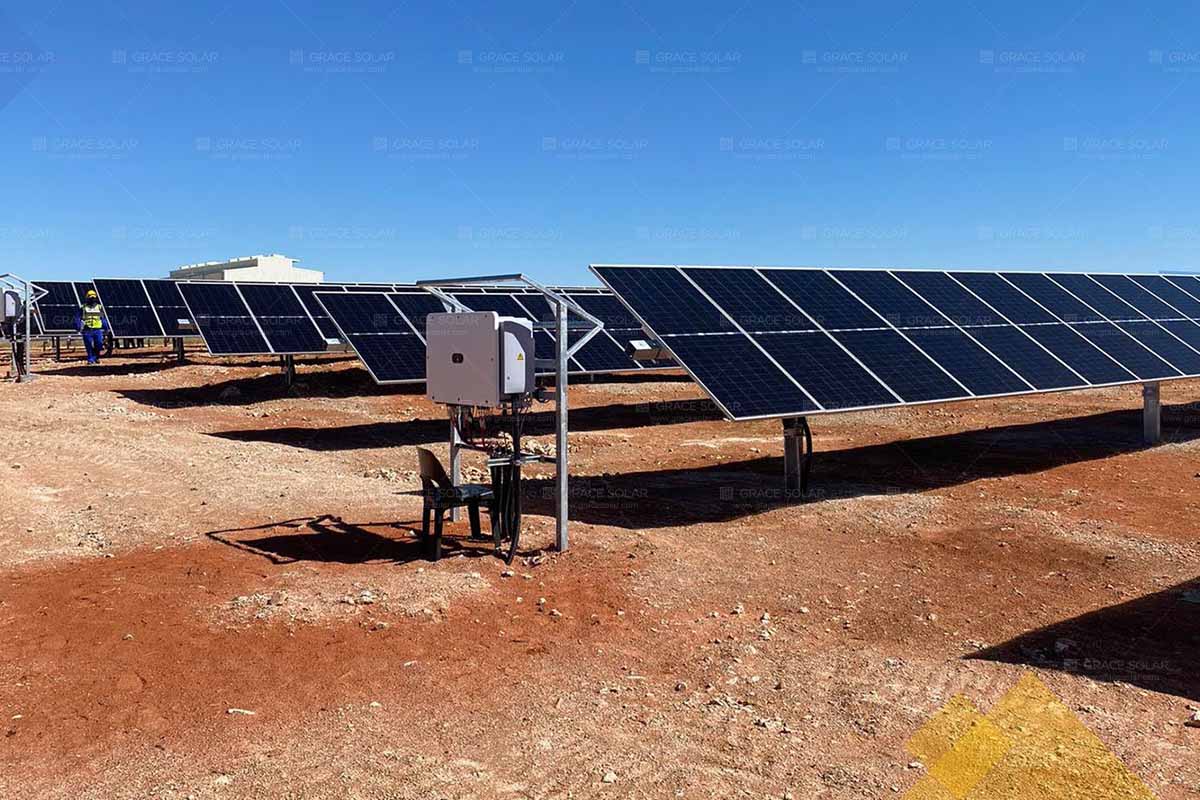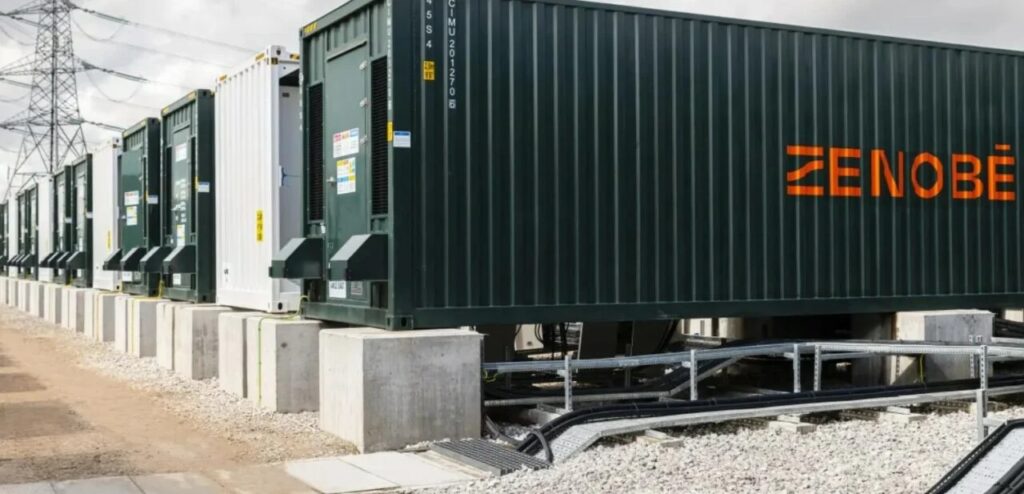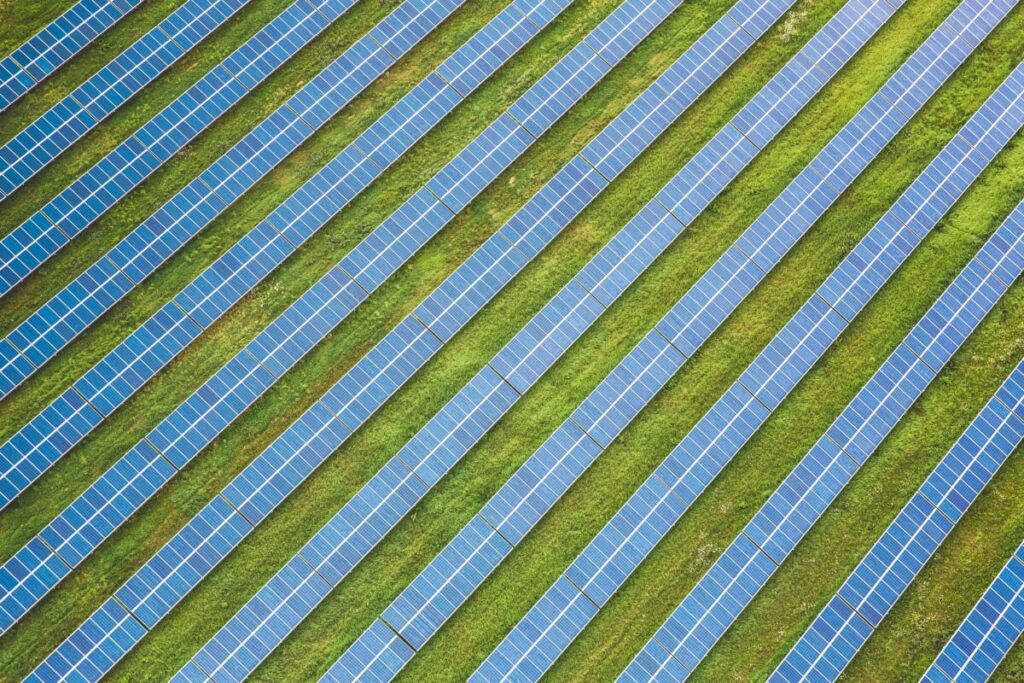Solar tracking mounts are expected to break the tech monopoly
However, the neglected solar tracking bracket is still an industry monopolized by foreign countries. Looking back at the past 10 years, there are only 2 domestic tracking stent companies in the top 10 global shipments, and the combined market share of the two is less than 12%.

Track the rapid development of the solar mounting industry and help reduce the cost of electricity
Photovoltaic brackets can be mainly divided into fixed brackets and tracking brackets. Fixed solar brackets mainly include optimal tilt angle fixed type and fixed adjustable type. Tracking solar brackets mainly include flat uniaxial, inclined uniaxial and biaxial brackets, which can make photovoltaic modules follow the position of the sun throughout the day, reduce the incident angle of sunlight, and improve the absorption rate of solar energy by photovoltaic modules.The specific selection of tracking solar brackets is closely related to the dimensions and terrain of the project location, and is more used in ground power stations. Because of the problems of limited space and general lighting conditions in distributed photovoltaic projects, the economics of installing tracking brackets is not high.
Among the tracking solar mounts, single-axis tracking photovoltaic mounts have been widely used due to their high cost performance. Generally, it can bring a 15%-20% increase in power generation for photovoltaic power plants, and in some low-latitude areas with abundant light resources, it can even bring more than 20% increase in power generation.
Although the use of tracking brackets will increase the initial investment and operation and maintenance costs, due to the obvious power generation gain, lower LCOE can be achieved. According to the statistics of Bloomberg New Energy, in the first half of 2021, the global average cost of electricity of photovoltaic power station projects using tracking bracket system is about 38 US dollars / MWh, which is significantly lower than that of fixed bracket photovoltaic projects.
Global demand for tracking stents continues to grow
In recent years, with the growth of photovoltaic demand and the improvement of the cost-effectiveness of tracking solar brackets, the shipments of global tracking brackets have shown rapid growth. According to statistics from Bloomberg New Energy, the global tracking stent shipment in 2020 is 47.5GW, of which the US market demand is 23.4GW, accounting for about 50%. In addition, Latin America, Spain, Australia, India, the Middle East and other regions with better lighting conditions have considerable demand for tracking brackets.
Compared with fixed solar mounts, tracking solar mounts have higher technical requirements. Reliability has always been the core issue affecting the development of tracked solar mounts, and it is also an important concern of downstream customers.
In recent years, major tracking solar mount companies have continued to promote technology upgrades and product updates. On the one hand, they reduce costs to improve the economy of tracking mounts; on the other hand, they improve product reliability and expand product application scenarios and scope.
It is worth noting that with the acceleration of technical iterations on the component side, the trend of large size is becoming more and more obvious. The technical iteration of the components will drive the technical upgrade of the tracking bracket. Recently, JA Solar and Canadian Solar's simultaneous investment in tracking bracket companies just reflected this trend.
Since the global head component companies are basically in China, domestic tracking bracket companies and head component companies have more convenient and in-depth cooperation, and are expected to respond faster to component technology iterations, and are expected to take the lead in tracking bracket technology.
In addition, since 2015, the global tracking stent market has accelerated development. The main tracking stent companies have continuously increased their R&D investment, and their awareness of patent protection has become stronger and stronger. They have accumulated rich experience in product production and operation, and the products of tracking solar stents have also increased. more and more mature.
The competition of ground power stations intensifies, and the value of tracking brackets is highlighted
With the intensified competition of photovoltaic ground-mounted power plants and the decline in yields, developers are looking for projects that can achieve a higher return on investment. In this context, the value of tracking solar mounts to reduce LCOE and improve yields is highlighted.
Many large-scale ground station projects have adopted the tracking bracket solution, indicating that the tracking bracket has been verified and recognized. These large-scale applications are expected to promote the rapid promotion of the tracking bracket in China.
Since 2021, due to the impact of the epidemic and component prices, the operating rate of ground power station projects in the industry has not been high. At the same time, the prices of raw materials such as silicon materials and steel have risen, resulting in increased costs. With the implementation of the carbon neutrality action plan, at this stage, the low-carbon transformation of energy is the general trend. The development of green energy represented by photovoltaics has a strong certainty, and the photovoltaic industry has a bright future.
At present, with the substantial expansion of production of major domestic silicon material enterprises, it is expected that the price of silicon material will drop in 2022, and the cost of photovoltaic systems will return to the downward channel.
With the continuous technical iteration of tracking solar mounts, its performance in terms of economy and reliability continues to improve, and its advantages over fixed solar mounts are expected to be further highlighted, thereby promoting the penetration rate of tracking mounts. We estimate that in the next 3 years, the global demand for tracking solar mounts is expected to reach 34%, and the compound growth rate of demand for tracking solar mounts outside the United States is expected to reach 45%.
For more information, please check solar mount website.



